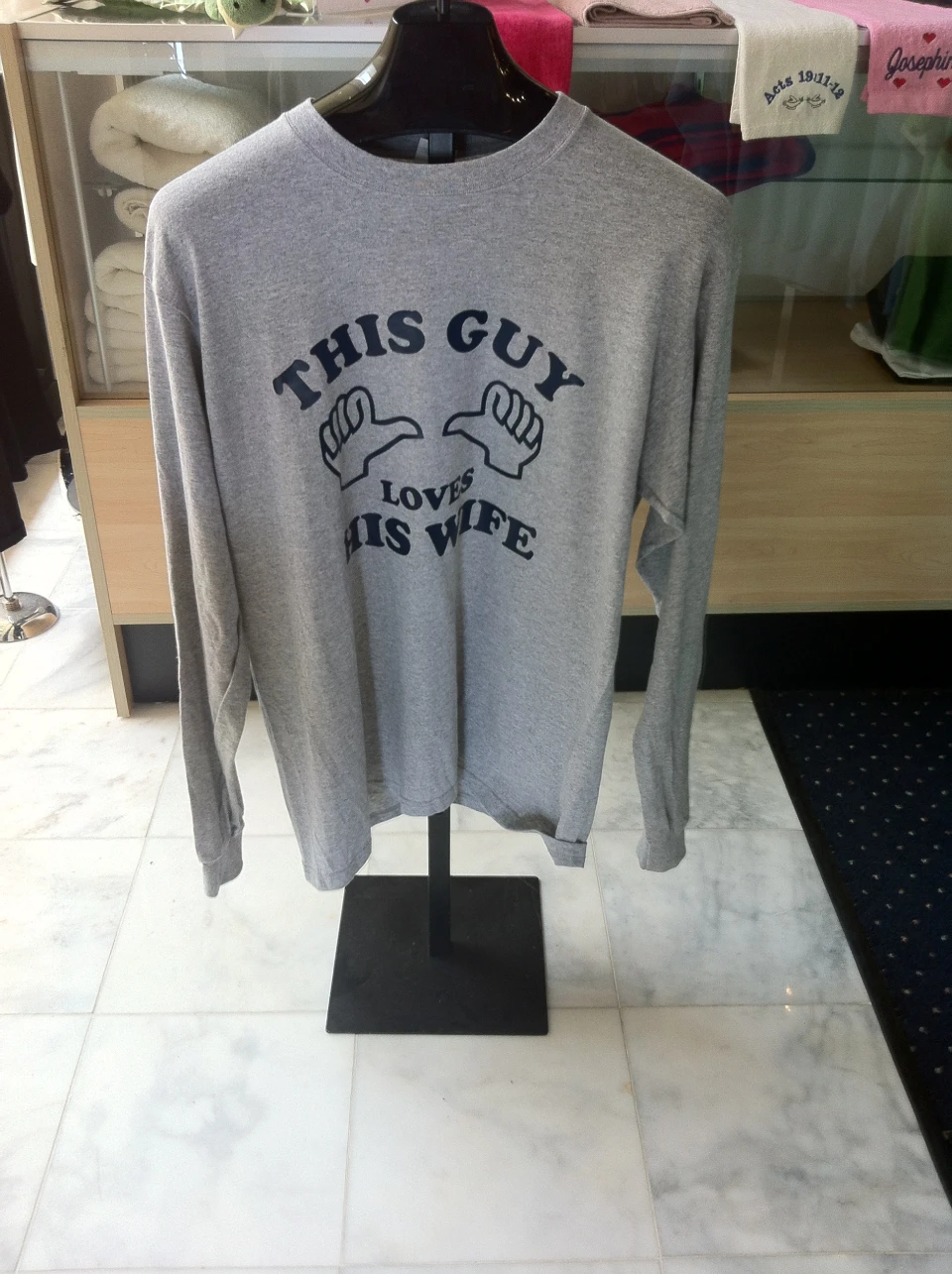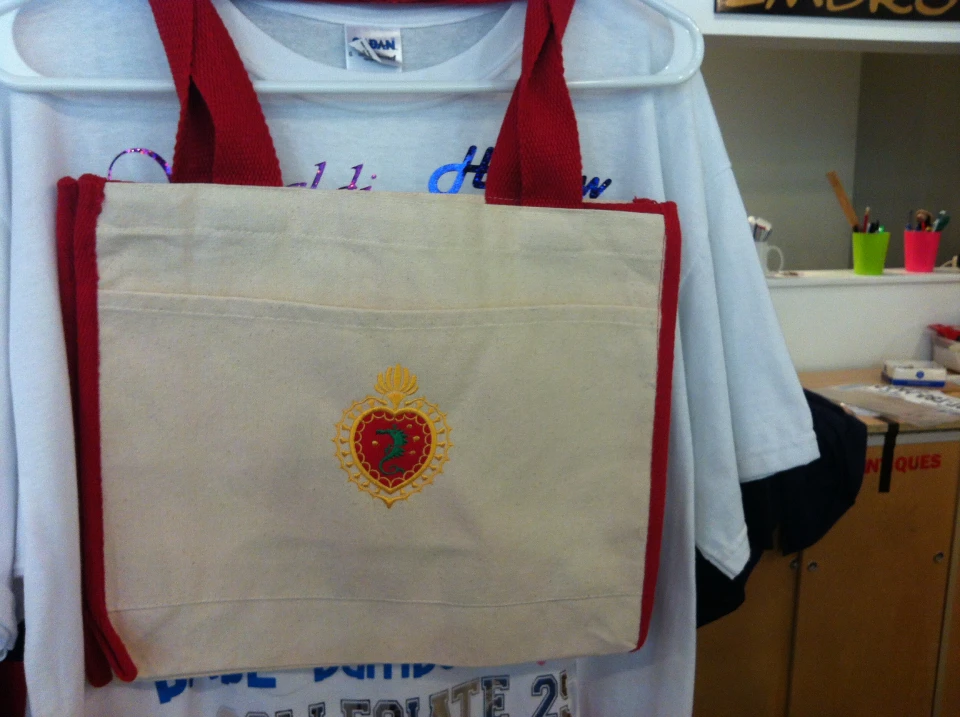Stitched Sports Teams Names and Numbers - Professional and Resilient
Wiki Article
The Art of Custom Embroidery: Unlocking the Secrets to Creating Distinct and Unforgettable Styles
Embroidery, a craft soaked in practice and virtuosity, holds within its detailed stitches the power to change material into a canvas of distinct expression. The secrets to creating custom needlework layouts that astound the eye and leave an enduring perception depend on a delicate equilibrium of strategy, creative thinking, and focus to detail. As we explore the globe of custom-made embroidery, we uncover the nuanced interaction in between thread option, sew complexity, and design customization that raises a simple garment to a work of art. Join us on a trip via the art of customized embroidery as we untangle the secrets behind crafting really unforgettable and distinct productions.Choosing the Right Needlework Threads
When picking needlework strings, what vital factors should you consider to make certain the best results for your custom designs? The choice of needlework string is critical in determining the final end result of your stitched layout. Among the main considerations is the material of the thread. Various products such as cotton, polyester, rayon, and silk supply differing levels of sheen, toughness, and appearance. It is important to choose a thread material that complements the textile you are stitching on and lines up with the preferred look of the layout.
Thicker strings can add dimension and appearance to your design, while finer strings are ideal for complex information and small text. Furthermore, taking into consideration the color fastness and washability of the thread is vital to ensure that your custom-made designs preserve their top quality and vibrancy over time.
Exploring Different Stitch Methods
To dive into the realm of 'Checking out Various Stitch Strategies', one should understand the ins and outs and subtleties that each stitching method brings to the art of embroidery. Different stitch methods not just include aesthetic interest but also contribute to the general structure and measurement of the layout. One preferred stitch strategy is the satin stitch, which entails closely stuffed parallel stitches to create a smooth and glossy surface area, perfect for loading in forms and developing vibrant lays out.On the various other hand, the backstitch is a functional strategy usually made use of for outlining and including great information. It includes stitching backwards to produce a strong line of needlework. Furthermore, the French knot stitch adds a responsive component to styles, perfect for developing distinctive accents like flower facilities or attractive touches.
Checking out different stitch strategies enables embroiderers to play with light, darkness, and depth within their designs, raising the visual allure and creative quality of their needlework projects. By understanding different stitching approaches, one can unlock countless possibilities for developing special and memorable personalized embroidery pieces.
Incorporating Personalized Style Elements
Having checked out the details of different stitch techniques such as the satin stitch, backstitch, and French knot, the focus now changes in the direction of incorporating individualized layout components in custom embroidery projects. Customized style elements play a vital duty in making needlework tasks absolutely one-of-a-kind and remarkable.An additional means to include tailored layout components is by consisting of icons or concepts that hold unique definition to the recipient or mirror their passions and individuality. Including a favored blossom, animal, or hobby-related symbol can make the needlework layout a lot more significant and customized. Furthermore, choosing shades that reverberate with the recipient or line up with the intended motif can better improve the personalization of the needlework job.
Grasping the Art of Shade Sychronisation

One secret element of color control is comprehending color concept. This consists of knowing how various shades engage with each various other, the feelings they communicate, and how they can be combined to develop aesthetically attractive designs. By using shade theory principles, embroiderers school uniforms can create unified shade schemes that boost the general look of the layout.
Furthermore, taking note of contrast is essential in shade sychronisation. Utilizing contrasting shades can assist certain components of the layout pop, boost clarity, and create an aesthetically vibrant embroidery item. By mastering the art of shade coordination, embroiderers can raise their designs and produce unforgettable items that resonate with customers and viewers alike.
Enhancing Appearance With Advanced Embroidery Stitches

French knots, for instance, are excellent for adding tiny, raised dots to your style, simulating the appearance of grains or producing a textured surface. Bullion knots, on the other hand, can be utilized to develop twisted, ropelike elements that include a luxurious feel to the embroidery. Seed stitching involves little, scattered stitches that can fill in areas with a polychromatic appearance, while turkey work creates fluffy, dimensional accents similar to animal fur or foliage. Explore these sophisticated embroidery stitches enables you to push the boundaries of conventional embroidery and create truly unique and visually appealing appearances in your layouts.
Final Thought
In conclusion, the art of custom needlework includes a combination of picking the ideal threads, discovering different stitch techniques, incorporating tailored style elements, understanding color coordination, and improving texture with innovative stitches. By comprehending and implementing these vital aspects, embroiderers can develop special and memorable layouts that showcase their creative thinking and skill. Needlework lovers can open the tricks to developing stunning and custom pieces that stand out and leave an enduring impression.Report this wiki page